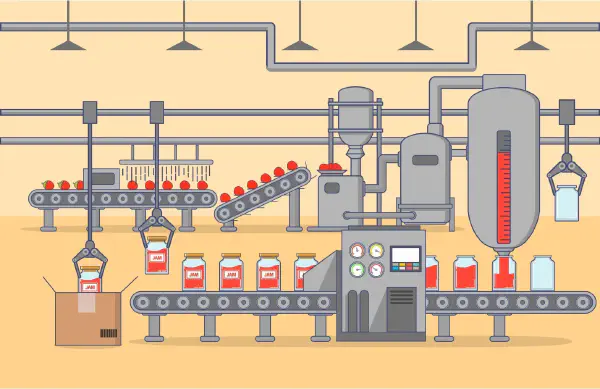
In the culinary world, presentation is key. From glossy food magazines to mouthwatering menus, the images of food can make our taste buds tingle even before the first bite. This visual appeal is not just a coincidence but a result of meticulous image processing techniques. In the digital age, where social media and online platforms dominate, the importance of image processing in the food industry cannot be overstated.
Let’s delve into the world of pixels and plates to understand how image processing is transforming the way we perceive, prepare, and savor food.
🍔🥗Enhancing Visual Appeal:
Imagine scrolling through a food delivery app, and the images of succulent burgers and vibrant salads leap off the screen. Image processing plays a pivotal role in enhancing these visuals. Techniques like color correction, brightness adjustments, and background removal ensure that every dish looks appetizing, encouraging customers to indulge.
🍽️🧑🍳Menu Development and Advertising:
Restaurants and food brands rely on enticing imagery to attract customers. High-quality images processed to perfection can turn an ordinary dish into a culinary masterpiece. Moreover, image processing aids in creating visually appealing menus, online banners, and social media posts, reinforcing the brand’s identity and attracting food enthusiasts.
🔍🕵️Quality Control and Inspection:
In the food industry, quality is paramount. Image processing technologies, such as machine vision systems, are employed to inspect food products for defects, ensuring that only the highest quality items reach the market. From identifying discolored fruits to detecting contaminants, these systems guarantee food safety and consumer satisfaction.
🧑🍳✨Innovative Recipe Development:
Image processing isn’t limited to enhancing the external appearance of food; it also fuels innovation in recipe development. Smart kitchen appliances equipped with image recognition technology can identify ingredients and suggest recipes based on what’s available, simplifying the cooking process and encouraging culinary experimentation.
🍽️🥂Elevating the Dining Experience:
Fine dining establishments utilize image processing to create immersive dining experiences. From interactive menu displays to projected visual presentations on dining tables, these technologies transform dining spaces into artistic and gastronomic adventures, leaving a lasting impression on diners.
👨🍳🔮The Future of Food Visualization:
As technology continues to advance, the future of image processing in the food industry holds exciting possibilities. Augmented reality (AR) applications could allow customers to virtually taste dishes before ordering, providing an interactive and engaging dining experience. Moreover, AI-driven image analysis might revolutionize cooking techniques, leading to innovative and visually stunning culinary creations.
Conclusion:
In the digital age, where a picture is worth a thousand bites, image processing stands as the unsung hero of the food industry. Its ability to enhance visual appeal, streamline operations, and foster innovation is transforming the way we perceive and experience food. As we move forward, the integration of image processing technologies will continue to shape the culinary landscape, making our dining experiences not just flavorful but visually delightful. Cheers to a future where every dish is a feast for the eyes as much as it is for the palate!